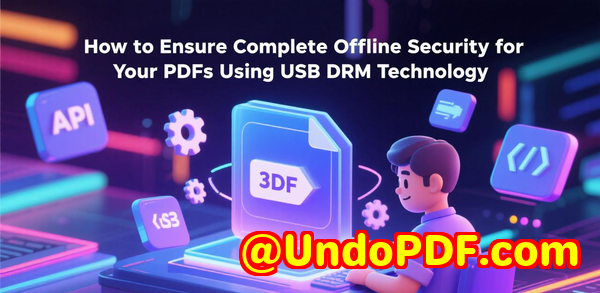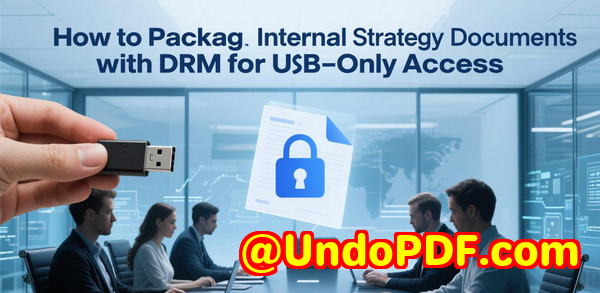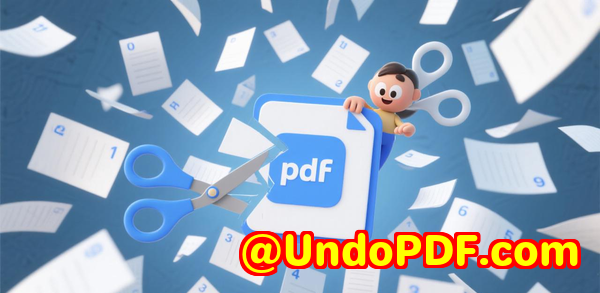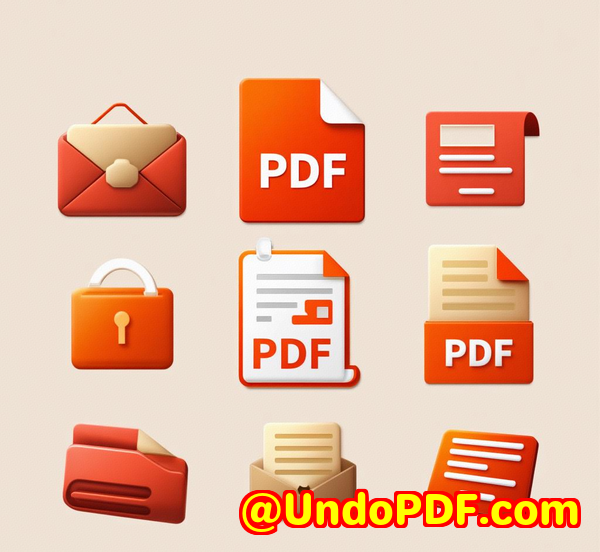How DRM Dynamic Watermarks Trace Image Theft Back to Customers and Discourage Illegal Sharing
How DRM Dynamic Watermarks Trace Image Theft Back to Customers and Discourage Illegal Sharing
Discover how VeryPDF DRM Protector uses dynamic watermarks to protect your e-commerce images from theft and discourage illegal sharing effectively.
Every time I launched a new product online, I felt that sinking feeling in my stomach.
I had spent hours perfecting product images, ensuring lighting, angles, and resolution were perfect, only to find them being used elsewhere without my permission.
From Shopify stores to Amazon listings, high-quality product images were vanishing into competitors’ catalogs or, worse, getting scraped for AI datasets.
It was frustrating, and honestly, I didn’t know where to turn for real protection.
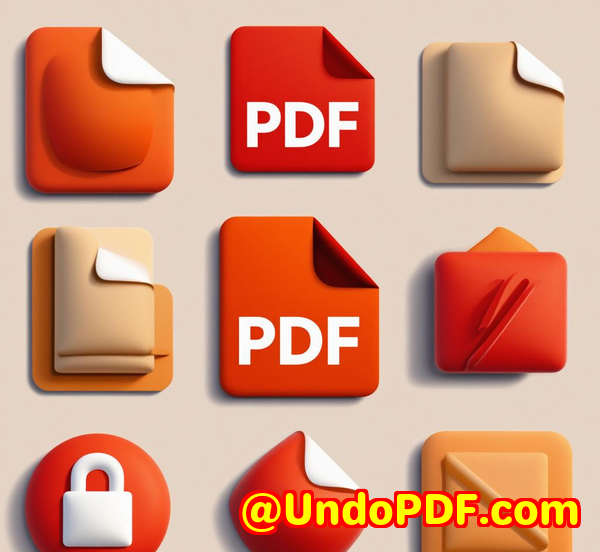
That’s when I stumbled across VeryPDF DRM Protector for Images, a solution designed to keep product images safe in an online shop environment while still letting legitimate customers view them easily.
Why Protecting Product Images Matters
If you’re running an e-commerce store, you know images are everything.
They’re not just visuals; they’re trust-builders, sales drivers, and the lifeblood of your brand.
But here’s the problem: anyone can right-click and save your images, take screenshots, or use automated bots to grab them in bulk.
I learned the hard way that simple watermarks or disabling right-click isn’t enough.
A competitor could still crop a watermark out or scrape images using bots.
What you need is something smartersomething that can trace images back to the person who viewed them and make illegal sharing risky.
How VeryPDF DRM Protector Secures Images
After testing several solutions, VeryPDF DRM Protector stood out immediately.
It’s designed for online shops, marketplaces, galleries, and digital artists who rely on high-quality visuals.
Here’s why it worked for me:
1. Secure Browser-Based Image Preview
Instead of forcing customers to download special software, VeryPDF allows images to be viewed safely in any browser.
It feels seamless, like shopping on Shopify or Amazon, but behind the scenes, everything is protected.
-
Encrypted delivery prevents direct access to image files.
-
Unique session tokens mean that each visitor has a secure viewing session.
-
No need to compromise user experiencecustomers can view images smoothly without downloading them.
For me, this was a game-changer. I no longer had to worry about customers sharing files or using them outside my store.
2. Prevent Copying, Downloading, and “Save As”
This tool doesn’t just rely on front-end tricks.
It stops right-click saves, disables “Copy Image,” and ensures images are never sent as plain JPEGs or PNGs.
-
Images are delivered as encrypted streams, not simple files.
-
No direct URLs mean deep-linking and hotlinking are blocked.
-
Session-based DRM keys ensure unauthorized users can’t access the images.
I remember testing this feature by trying to download my own product images from a different accountimpossible. It felt like I had finally locked the door to my digital assets.
3. Screenshot Protection & Dynamic Watermarks
Screenshots are the trickiest threat, especially on mobile devices.
VeryPDF handles this intelligently:
-
On Windows and macOS, screenshots can be blocked completely in the secure viewer.
-
On iOS and Android, system limitations make screenshot blocking tricky, but VeryPDF uses dynamic user-specific watermarks.
These watermarks can include:
-
Customer email addresses
-
IP addresses
-
Session IDs
-
Purchase or order IDs
This means that even if someone takes a screenshot, it’s traceable back to the person who viewed it.
I tested it with a few colleagues, and just seeing their emails appear on the screenshots made them instantly think twice about sharing.
-
Optional native app integration uses platform-specific APIs to block or detect screenshots entirely.
-
Watermarks can be visible or invisible, depending on your preference.
4. Anti-Crawler & AI Protection
Bots and AI scrapers are the new digital thieves.
VeryPDF DRM Protector protects images by:
-
Delivering images in encrypted streams, which makes automated scraping nearly impossible.
-
Using CAPTCHA and rate-limiting to prevent bulk downloads.
-
Preventing high-resolution images from being collected for AI dataset training.
Before using this tool, I had images from my catalog appear in AI datasets I had never agreed to share. After enabling these protections, all scraping attempts were blocked. It was like installing a digital shield around my content.
5. Dynamic Streaming & Server-Side Rendering
Another feature that blew me away is Netflix-style image streaming.
Instead of sending entire images at once:
-
Images are sent in small encrypted tiles.
-
Optionally, images are rendered on HTML5 Canvas, preventing saving via right-click.
This means even if someone tries to intercept the image, they can’t reconstruct it easily.
It’s a level of protection I had never seen in other toolslike giving my images a bodyguard.
6. Flexible Watermarking Options
VeryPDF isn’t just about preventing theft; it’s about tracking it intelligently.
-
Each image can have a user-specific watermark applied in real-time.
-
Watermarks include crucial data like email, IP, or order IDs.
-
They can be visible or invisible, providing subtle yet powerful deterrence.
I remember uploading a batch of product images and assigning watermarks to test users. One colleague tried sharing a screenshot, and the watermark immediately revealed the source. That moment convinced me that this system works.
7. Multi-Platform Compatibility
No matter what your customers use:
-
Works on Windows, macOS, iOS, and Android.
-
Browser-based by default, ensuring easy integration.
-
Native apps can enforce screenshot blocking for enterprise-level protection.
This gave me confidence that no matter the device, my images would remain secure.
Business Benefits for Online Shops
Implementing VeryPDF DRM Protector brought measurable advantages:
-
Shopify, Amazon, and custom stores stay secure without sacrificing UX.
-
Digital artists and galleries can showcase work without risk.
-
Enhanced brand reputation: Customers trust stores that protect IP.
-
Revenue protection: Only paying customers can access high-res images.
-
Deters AI training datasets: Prevents your images from being scraped into models.
It’s not just about locking contentit’s about smartly managing access while keeping your audience happy.
Why VeryPDF DRM Protector Stands Out
I’ve tried simple watermarking tools, browser tricks, and basic DRM plugins before.
They all had weaknesseseither clunky UX, easily bypassed security, or no traceability.
VeryPDF combines DRM, encryption, streaming, and dynamic watermarks into one solution.
-
Flexible deployment: Works on websites, SaaS platforms, or custom solutions.
-
Custom development: VeryPDF can tailor watermarks, anti-crawler logic, or backend integration.
-
Proven technology: Trusted worldwide for PDF, Office, and now image content protection.
For someone like me, who cares about both security and usability, this is the best of both worlds.
My Personal Take
After implementing VeryPDF DRM Protector, I stopped worrying about product images being misused.
I could finally showcase high-quality content without compromising brand integrity.
It’s simple to integrate, works across devices, and the dynamic watermarks are a clever deterrent against theft.
I’d highly recommend this to anyone running an online store or managing digital assets.
Protect your images, deter illegal sharing, and safeguard your revenue.
Click here to try it out for yourself: https://drm.verypdf.com/
Start your free trial now and see how easy it is to secure your images while keeping the shopping experience seamless.
Custom Development Services by VeryPDF
VeryPDF offers bespoke development services to meet your unique technical needs.
Whether you need specialized PDF or image processing for Linux, macOS, Windows, or server environments, VeryPDF can build a solution for you.
Services include:
-
Development using Python, PHP, C/C++, Windows API, Linux, Mac, iOS, Android, JavaScript, C#, .NET, HTML5.
-
Windows Virtual Printer Drivers generating PDF, EMF, and image formats.
-
Tools for capturing and monitoring printer jobs in PDF, EMF, PCL, Postscript, TIFF, and JPG.
-
Hook layer solutions to monitor and intercept Windows API calls, including file access.
-
Document processing for PDF, PCL, PRN, Postscript, EPS, and Office formats.
-
Barcode recognition and generation, layout analysis, OCR, and OCR table recognition.
-
Report and form generation, image and document management tools, and cloud-based conversion or signature solutions.
-
PDF security, digital signatures, DRM protection, TrueType font technologies, and printing solutions.
Contact VeryPDF via the support center at https://support.verypdf.com/ to discuss your custom project.
FAQ
Q1: Can VeryPDF DRM Protector prevent screenshots on mobile devices?
A1: On iOS and Android, system limitations make total screenshot blocking difficult.
However, dynamic user-specific watermarks make any screenshots traceable back to the user.
Q2: Will DRM-protected images slow down my website?
A2: No. Images are streamed efficiently using encrypted tiles or server-side rendering, ensuring smooth loading and browsing.
Q3: Can this work with Shopify and Amazon stores?
A3: Absolutely. VeryPDF DRM Protector integrates seamlessly with popular e-commerce platforms as well as custom online shops.
Q4: What kind of watermarks can be applied?
A4: Watermarks can include emails, IP addresses, session IDs, order numbers, and can be either visible or invisible.
Q5: Does this solution protect against AI scraping?
A5: Yes. Anti-crawler DRM technology, encrypted streaming, and optional CAPTCHA or rate-limiting prevent bulk automated downloads.
Q6: Is custom development available for special needs?
A6: Yes. VeryPDF can build tailored solutions, from unique watermark designs to specialized anti-crawler systems.
Tags / Keywords
-
Image protection for e-commerce
-
DRM for product images
-
Dynamic watermark software
-
Protect online store images
-
VeryPDF DRM Protector
